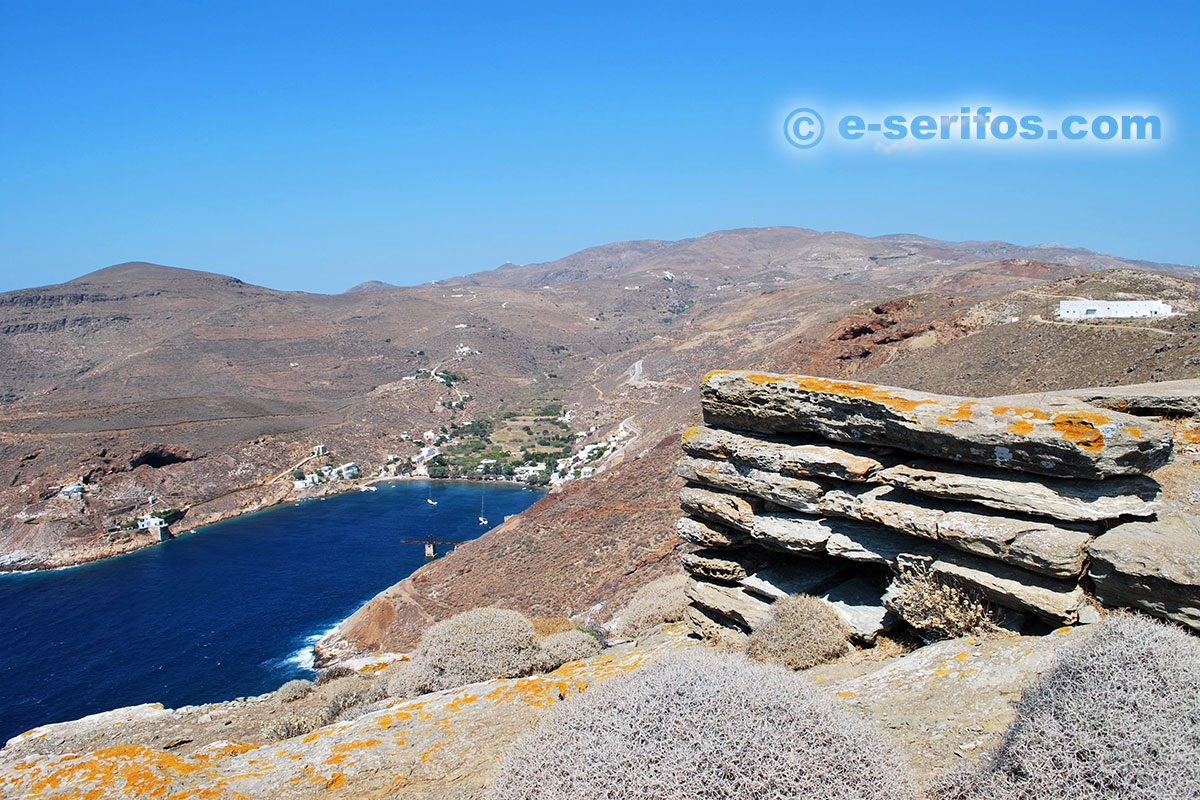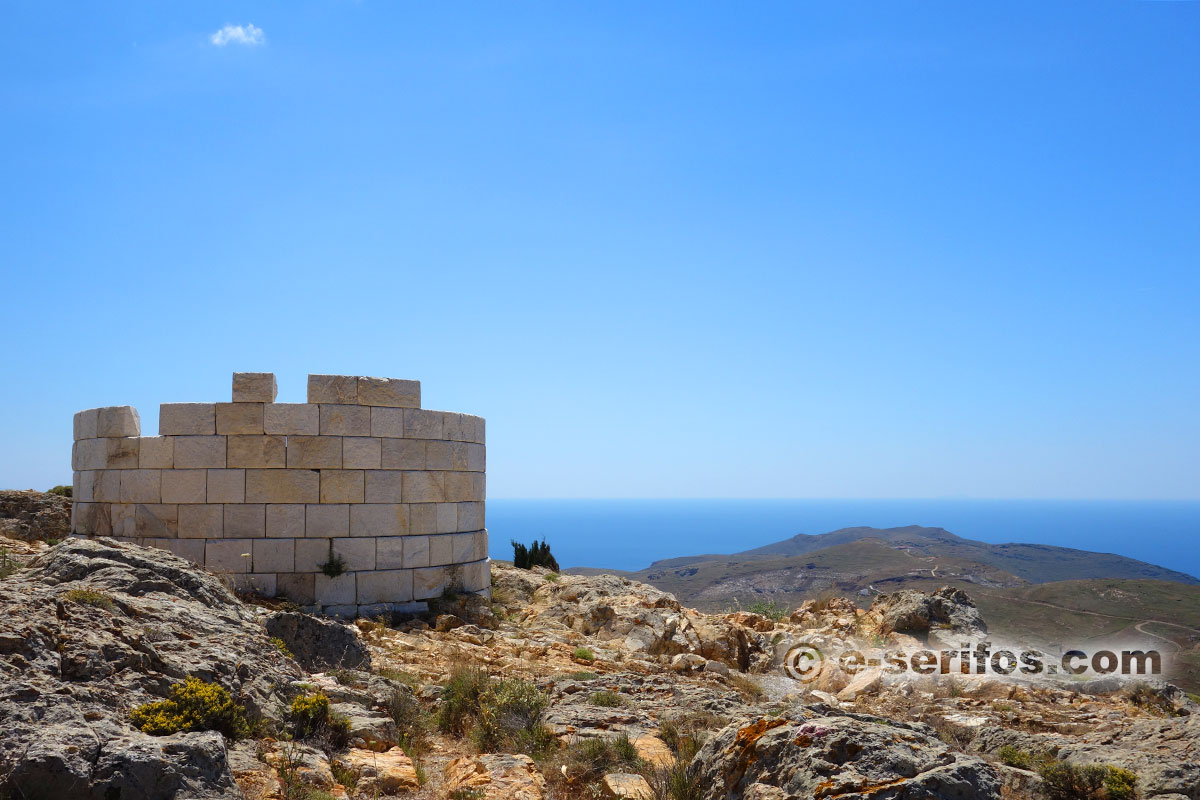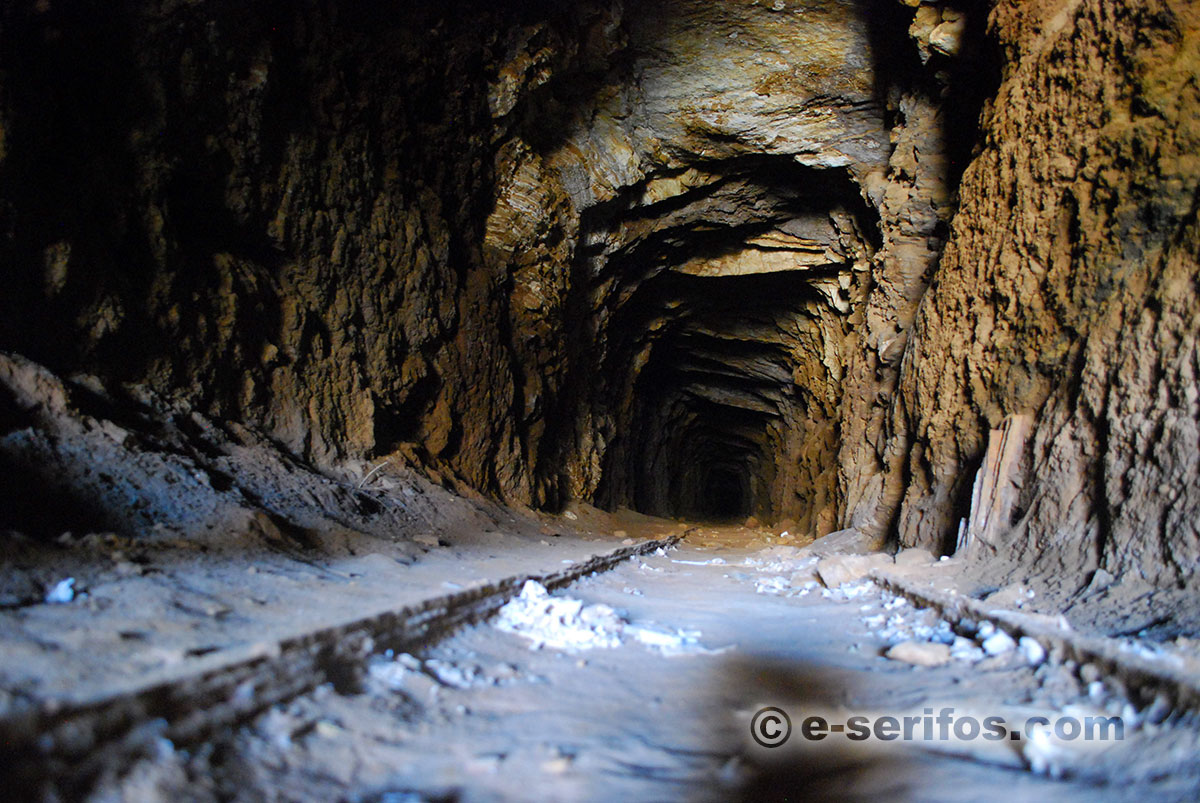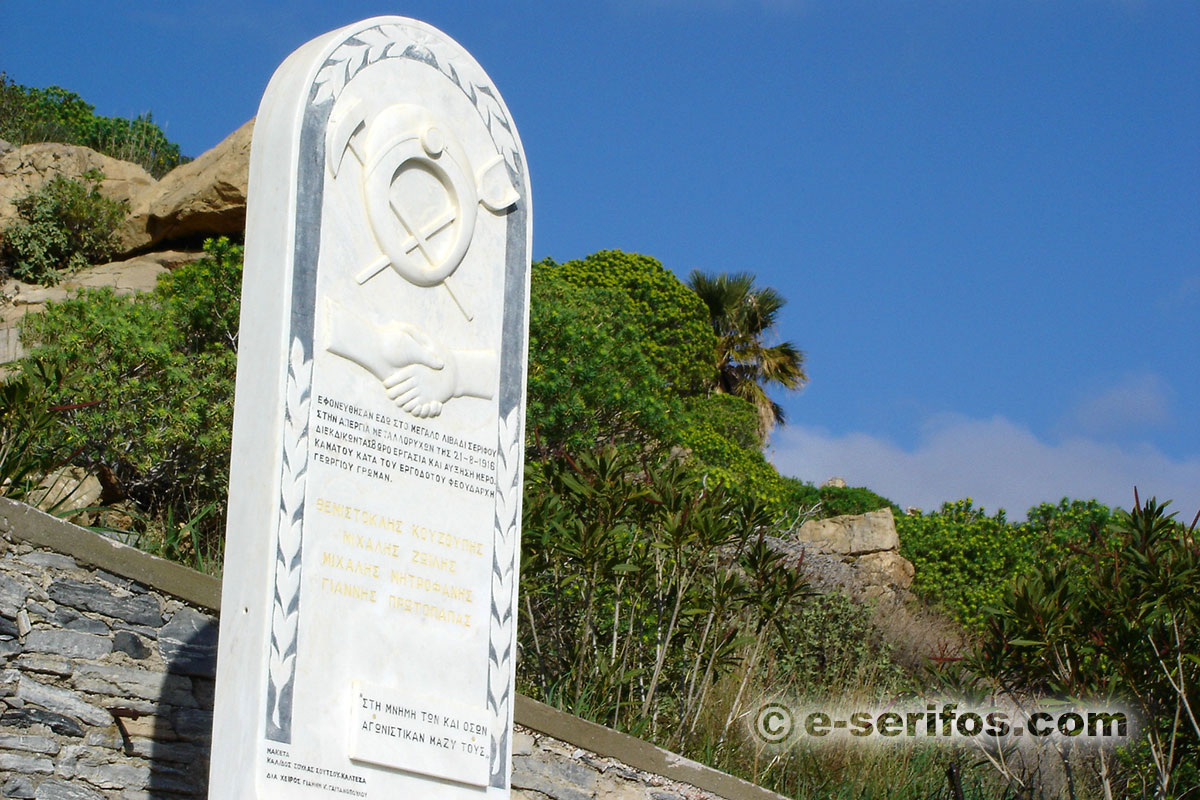History of Serifos
Learn about Serifos' history
Review of the history of ancient and modern times of Serifos
Prehistoric Era
There are signs of the island’s habitation that go back to the Protocycladic period (3rd millennium B.C.). The Mycenaeans arrived in Serifos in about 1800BC, while the Cretan Minoans and the Phoenicians have been in Serifos even before them.
Historic Era
The Aeolians from Thessaly and the Ionians from Attica are reported to be the first inhabitants of Serifos (7th century B.C.).
The island had a big development during the 6th century B.C. due to the mines. During that period, the island became an Ionian colony under the leadership of Eteocles and adopted the democratic regime, while it also participates in the Amphictyony of Dilos. The island’s development is so big during that period that it even has its own currency.
Persian Wars
During the Persian Wars, Serifos participates initially by being behind the Persians. Later however, it joins the 1st Athenean Alliance, accepting at the same time the leading presence of Athens.
In 377 BC it also becomes a member of the 2nd Athenean Alliance. In 363 B.C. the island is occupied by the Macedons and later by the Ptolemeans of the kingdom of Egypt (306 B.C.), while afterwards it is reoccupied by the Macedons in 266 B.C.

Hellenistic era
In 146 B.C. Serifos, as well as the rest of the Greek territories, plays into the hands of the Romans.
Because of its alliance with Mithridates VI against them, the Romans destroy completely the island in 88 b.C. This fact has been the initiation of a long period of declination. During that period the island is used as an exile place.
The Hellenistic Era has left behind it towers and castles, as well as interesting findings, which had been used as a protection from the numerous pirate raids on Serifos during that period.
Venice Domination
In 1204 - arrival of the Franks – a new period of acme begins for Serifos, during which the island has known great cultural and economic development, since during the years of lord Ermolaos Minottos’ governance, the island’s mines were put again into operation after 1,000 years.
In 1207, the island enters the ducat of the Aegean under Marcos Sanoudos and half of it is seized to the rule of the Gizi family (1207-1334).
Afterwards it becomes the apple of discord among several families (Bragadonas, Minotis, Adolde, Mikelis or Pikelis, Gioustinianos or Ioustinianos) until the destructive invasion of Hairedin Barbarossa (1537). Serifos suffers numerous pirate raids during that period.
Turkish Domination
During the times of the Turkish domination, Serifos is subject to the Sultan until its accession to the Ottoman state in 1566 and the devolution of governance to the Jew, Joseph Nazi.
In 1770 – 1774, in the framework of the Russian - Ottoman war, the island was occupied by tsarist Russia and then it was re-occupied by the Ottomans following the signing of the Treaty of Kucuk Kaynarca.

During the 1821 revolution, many inhabitants participate in the battles against the Ottomans. This is another period of decline for Serifos, while pirate raids continue.
Modern times
After 1830 and following the integration of Serifos into the Greek state, its inhabitants started emigrating to Egypt and to other regions of the Ottoman Empire.

In 1941, Serifos goes under the Italian administration, in the framework of the Greek territories’ occupation by the Axon Forces, while following the capitulation of Italy in 1943, the island goes under the German administration until its liberation.
The modern history of Serifos is directly connected with its mines. In 1867, the first official mining permit is granted.
In 1884, the French company “Spiliazeza” known from Lavrio assigns the management of the mining operations in Serifos to the German mineralogist, Emilios Gromman.
In 1916, a strike was triggered off due too the inhuman working conditions and the lack of safety measures in the mines. During the strike, incidents take place that will cost the life of four workers and two police officers. This is the first bloody revolt in Greece of the modern times.
